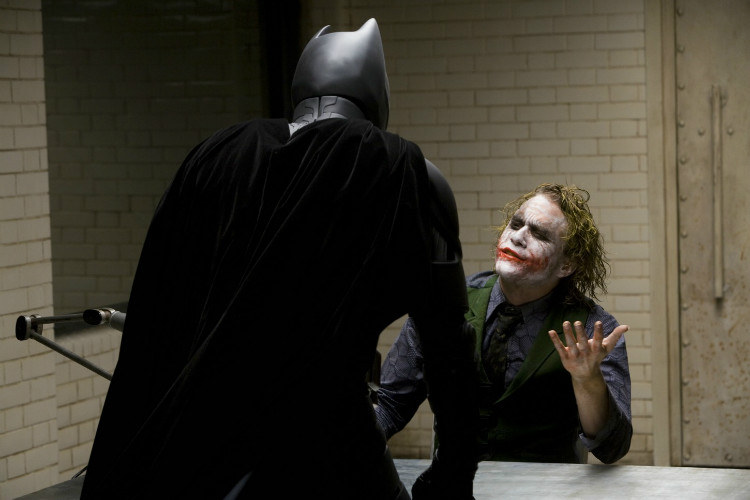Our Pre-Lim: completely rubbish, but a good place to start. Creating a film isn't easily - let alone one scene. The lighting (which we couldn't control, and also the glare of the walls/wall displays meant that made the corridor so well-lit (never thought I'd complain about lighting being 'too good') that the surroundings attract more attention than our actor. The camera angles, were all wrong, meaning that there wasn't enough focus on the characters and their emotions. The mise-en-scene/setting (as we've already said) was inadequate, we worked with it but a school environment was not the perfect scene for a film. The audio was sub-par at best, whether this was due to our filming technique or the fact that our environment wasn't perfect in terms of acoustics. It was just one big storm of basic mistakes.
But it led to this...
This is everything. The progress made from our original Pre-Lim has been incredible. Everything that's in our opening scene is there for a reason and has been analysed as such. Our production company's logo is a burning candle, which is a metaphor for life and death. This also infers/relates to the type of films that our company might produce. The black and white filter simulates a security/CCTV camera, which makes our film look legitimate, this is in addition to the security camera signs added in the edit. All of this makes our audience believe what is going on and believing it, buying into the story, is a guaranteed way of gaining success at the box office.
Our own music was created. The dark, low tones connote danger - acting as hermeneutic code. The use of black and white in the second part of the scene is a convention used in flashback scenes in general - but was adopted from the film Curse of Chucky.
The female characters in our film are shown to be weak and helpless, a convention shown throughout the thriller and horror genres. It may not be necessarily relatable to audiences (there are strong women out there), however, following the convention is what makes films successful. Moreover, the audience are on the same level as the protagonist/main character as they know as much as he does. They're left to ask why? What? Who? etc. We utilised the natural lighting from the trees to create a half-lit set. This created an eerie atmosphere that insinuates that something bad is going to happen. Moreover, our young audience can relate to our main character's interactions with the police. While the audience knows our character is innocent, the police do not, and their accusing nature is something that our audience may empathise with (via their experiences) and is sadly quite realistic.
To summarise, the main focus point of our short opening was to be realistic. It went into such depth that we would obsess over the tiniest continuities, but from this I can say we've advanced from our Pre-Lim into something great.









